Post-herpetic Neuralgia
Post-herpetic neuralgia (PHN) is the most usual complication of shingles. If a person had chickenpox, the person will always have the virus in their body. Sometimes the virus becomes active further, causing shingles followed by PHN. Vaccines may prevent both chickenpox and shingles. Pain-relieving medications may manage symptoms. For most individuals, PHN improves over a period of time.
Table of Contents
Overview
- Post–herpetic neuralgia (PHN) is a complication of shingles infection (also identify as herpes zoster).
- Shingles are caused by the further activation of the varicella-zoster virus, which is the same virus that causes chickenpox.
- Shingles cause a painful, blistering rash and too many other symptoms.
- The rash most usually happens in a band pattern on one side of the body, generally on the trunk (central core of the body).
- The rash turns into blisters.
- As the rash/blisters pass away, pain can remain. When pain continues, the condition is called postherpetic neuralgia.
What does postherpetic neuralgia (PHN) feel like?
- A person will experience pain in the part where the shingles rash developed. The pain may be constant or “come and go.”
- Some individuals describe the pain as burning, jabbing, or aching. Others (less common) say the involved area feels numb or itchy.
How long does postherpetic neuralgia (PHN) last?
- Postherpetic neuralgia (PHN) may last for several days, months, or in some individuals, years after the shingles rash goes away.
- In most individuals, shingles pain runs away in 1 to 3 months.
- However, in one in 5 people, the pain lasts more than 1 year.
- The pain from PHN may be so severe in some individuals that it disrupts their life.
- Researchers do not know why some individuals have severe or long-lasting pain and others do not.
How common is postherpetic neuralgia (PHN)?
- Varicella-zoster virus causes both chickenpox and shingles.
- About 99% of Americans over age forty have had chickenpox.
- About one in 3 people in the U.S. develop shingles in their lifetime. Some 10 to 18% of individuals who get shingles will develop postherpetic neuralgia.
- Postherpetic neuralgia is the most usual complication of shingles.
Who is at risk of having postherpetic neuralgia (PHN)?
Factors that improve the risk of developing postherpetic neuralgia (PHN) involve:
Older age:
- The chance of developing postherpetic neuralgia improves as time passes.
- If a person is older and develops shingles, the person is more likely to develop PHN and have longer-lasting and more severe pain than a younger person with shingles.
- About 10 to 13% of individuals over age 50 who have had shingles will get PHN.
- An individual under age 40 rarely gets PHN.
Weakened immune system:
- The immune system weakens as a person becomes older, which permits the inactive varicella-zoster virus to get active further and cause shingles in some individuals.
- Medical conditions that may weaken the immune system involve cancer, chronic infectious diseases (like HIV/AIDS), being an organ transplant recipient, or taking medications that weaken the immune system (like chemotherapy, immunosuppressant medicines, steroids, or anti-organ rejection medicines).
The severity of the shingles:
- If a person has a severe rash, the person has a greater chance of PHN.
- Painful, itchy, or tingly feeling prior to shingles rash:
- If a person had these symptoms in the part of the skin a few days prior to the shingles rash breaking out, a person is at higher risk of PHN.
Waiting to see the physician after shingles rash:
- If a person waits longer than 3 days after the rash appeared — missing the window to receive antiviral drugs a person has the highest chance of PHN.
What causes postherpetic neuralgia (PHN)?
- Postherpetic neuralgia (PHN) outcome from damage to nerve fibers at the time of shingles infection.
- The nerve fibers at the skin in the involved area send exaggerated pain signals to the brain.
- Postherpetic neuralgia means nerve pain after herpes. Shingles are also identified as herpes zoster.
- Shingles are brought about by the varicella-zoster virus, the virus that causes chickenpox.
- Once a person had chickenpox, the virus remains in the body for the entire life, but is dormant or “silent” for some years.
- When the virus becomes activated further, it causes shingles.
- A certain percentage of individuals (< 20%) who get shingles develop PHN.
What are the symptoms of postherpetic neuralgia (PHN)?
Common postherpetic neuralgia symptoms involve:
- Burning, sharp, jagging, or aching pain in the part where the shingles rash appeared.
- Itchiness or numbness at or surrounding the area of the former rash.
- Pain that is constant or “comes and goes.” Pain typically lasts, on average, for 3 months after the rash has healed, but may last for more than a year or longer.
- Pain in the involved skin area may be brought on even with a light touch (even clothing brushing against the skin).
- Pain gets worse at night or in hot or cold temperatures.
How is postherpetic neuralgia diagnosed (PHN)?
Postherpetic neuralgia (PHN) is generally diagnosed based on the symptoms, history of having shingles, and physical exam. If a person had a recent case of shingles and has pain in the part where the shingles rash once was, a person likely has PHN. The physician can want to make sure the pain is not caused by something else, but in most cases, no other tests are required.
What are the complications of postherpetic neuralgia?
Postherpetic neuralgia may cause:
- Tiredness.
- Trouble sleeping (insomnia).
- Decreased appetite.
- Poor concentration.
- Pain from long-lasting PHN may lead to depression.
Treatment
- Treatment will be based on the type of pain as well as the person’s physical, neurological, and mental health.
Drug treatments
- Postherpetic neuralgia may cause severe pain in individuals who have had shingles.
- Painkillers: These can involve tramadol (Ultram) or oxycodone (OxyContin). There is little risk of dependency.
- Anticonvulsants: The pain of PHN can be diminished with anticonvulsants because they are effective at diminishing nerve impulses and stabilizing abnormal electrical activity in the nervous system caused by injured nerves. Gabapentin, or Neurontin, and pregabalin, also known as Lyrica, are generally recommended to treat this type of pain.
- Steroids: A corticosteroid medication may be injected into the area nearby the spinal cord. Steroids should not be utilized until the shingles pustular skin rash has completely disappeared.
- Lidocaine skin patches: Lidocaine is a usual local anesthetic and antiarrhythmic drug. Applied to the skin, it may relieve itching, burning, and pain from inflammation. The patches may be cut to fit the affected area.
- Antidepressants: These affect important brain chemicals, such as serotonin and norepinephrine, which impact how the body interprets pain. Examples of drugs that inhibit the consumption of serotonin or norepinephrine are tricyclic antidepressants, such as amitriptyline, desipramine (Norpramin), nortriptyline (Pamelor), and duloxetine (Cymbalta).
Physical therapy
Transcutaneous electrical nerve stimulation (TENS)
- Transcutaneous electrical nerve stimulation (TENS) treatment includes placing electrodes over the part where pain happens. These emit small electrical impulses.
- The patient turns the TENS machine on and off as needed.
- Some individuals find that TENS reduces pain, while others do not.
- Its effectiveness has not been confirmed by research.
Spinal cord or peripheral nerve stimulation
- These operators give a safe, efficient, and effective way to reduce many neuropathic pain conditions.
- Equivalent to TENS, they are placed beneath the skin along the course of peripheral nerves.
- Proceeding to implantation, doctors perform a trial run using a thin wire electrode to determine patient response.
- The spinal cord stimulator goes through the skin into the epidural space over the spinal cord.
- The peripheral nerve stimulator is placed under the skin upwards of a peripheral nerve.
- As soon as the electrodes are in the area, they are switched on to administer a weak electrical current to the nerve.
Doctors suppose that by stimulating the unaffected sensory pathway, the electrical impulses trick the brain into “turning off” or “turning down” the painful signals, resulting in pain relief. Activity and physical therapy may play a vital role in the management of the ache of Postherpetic neuralgia (PHN). Activities done should be low level and it should not make you sense difficult to continue. There are two types of physical treatments:
- Active therapy
- Passive therapy
- Passive therapy involves the application of ice packs in aching places.
- It is usually conducted by a physical therapist or doctor.
- Active therapies involve physical exercises and activities.
- It also involves home-exercise schedules. Both active and passive treatments assist in the reduction of aches and further postherpetic neuralgia symptoms.
- If they are observed on a daily base, then it will boost the muscles.
- It will also improve the stamina to complete daily activities.
- It is recommended to stick to a physical therapy schedule.
- Its treatment program starts with passive therapy observed by active therapy.
- Many of these activities may be practiced at the house.
- In the beginning, simple activities are recommended, that decrease pain slowly and raise the patient’s stamina to complete daily activities.
- It also increases energy and boosts the muscles.
- 3 types of active activities are recommended for postherpetic neuralgia aerobic, strengthening, and flexibility workouts.
- Exercises should not be too severe.
- It should be accomplished daily in the lifestyle and should be routinely rehearsed.
- It should be practiced a short but more often in a day.
These exercises involve-
- Swimming
- Walking
- Biking
- Daily activities
- Any form of dance, yoga
- Low-impact activities are the perfect activities or activities for postherpetic neuralgia.
- Yoga or tai chi or walking is the best for phn. Physical activities should start with these activities initially.
- Minor soreness is present in the body initially and goes away over time.
- If it does not proceed and amplify, then you should contact the doctor or physician to notice the causes.
- Exercise can reduce the number of aching days and also decline the sense of tension and stress because of aches.
- Committing yourself to activities will assist a person to stay distracted from the ache.
- Research studies prove that postherpetic neuralgia is more aching for those who are less busy and sad because of less concentration in the work.
Can postherpetic neuralgia (PHN) be cured?
- However there is no cure for PHN, but it may be cured.
- For most individuals with PHN, pain increase over a period of time and eventually runs away.
- For most people, the pain runs away for 1 to 3 months.
Natural treatment
A number of natural and alternative therapies have been suggested for PHN. These include:
- vitamin C, but more research is required to confirm this
- Homeopathic treatment, but scientific research has not committed this.
- Acupuncture, which experts are currently reviewing for effectiveness
- Cupping
- Herbal remedies
- Wearing suitable clothing made from cotton or silk
- Using cool packs to soothe the pain.
Prevention
- Early treatment is key for preventing PHN.
- Seeking medical help as early as signs or symptoms of shingles appear may broadly decrease the chances of developing neuralgia.
- Vaccination is suggested to prevent chickenpox and shingles.
- Aggressive treatment of shingles within two days of the rash appearing helps decrease both the risk of developing subsequent neuralgia and the length and severity of it.
- The only particular way of preventing PHN from spreading is to be preserved from shingles and chicken pox through vaccination.
- The varicella vaccine protects against chickenpox and the varicella-zoster vaccine against shingles.
Chickenpox vaccine
- The Varivax vaccine is given to children on a daily base who has aged 12 to 18 months to prevent chickenpox.
- Doctors recommend it also for adults and older children who have never had chickenpox.
- The vaccine does not give total immunity, but it considerably decreases the risk of complications and the severity of the disease happens.
Shingles Vaccine
- The Zostavax vaccine may help protect adults over sixty who have had chickenpox.
- It does not give 100 percent immunity, but it does considerably decrease the risk of complications and severity of shingles.
- Physicians suggested that people aged over sixty years should have this vaccine, regardless of whether or not they have had shingles before. The vaccine is inhibitory, and it is not used to treat people who are infected.
The below-given people should not have the shingles vaccine:
- That person who has had a life-threatening reaction to gelatin, the antibiotic neomycin, or any other shingles vaccine component
- People who have a weakened immune system
- Patients consuming steroids, and those who are undergoing radiotherapy, chemotherapy, or both
- Those with any kind of history of bone marrow or lymphatic cancer
- Patients with active, untreated tuberculosis (TB)
FAQ
If a person is suffering from postherpetic pain that has resulted from a previous bout of shingles or other infections, physiotherapy will help decrease the pain, return function, and relieve any other connected symptoms.
Medications
Anticonvulsants. Some anti-seizure medications such as gabapentin (Neurontin, Horizant) and pregabalin (Lyrica) may reduce the pain of postherpetic neuralgia.
Painkillers.
Steroids.
Lidocaine Skin Patches.
Capsaicin Skin Patches.
Antidepressants.
Four Natural Treatment Options for Shingles and Postherpetic…
Increase Vitamin C & D. Vitamin C is necessary for immune function, synthesis of natural pain chemicals such as endorphins, and neuron protection.
Herbs & Supplements.
Lifestyle Changes.
Other Treatments.
The study concluded that in persons with postherpetic neuralgia (PHN), vitamin B12 supplementation significantly decreased pain and increase the quality of life. Postherpetic neuralgia (PHN) is nerve pain that happens due to damage to a peripheral nerve caused by the reactivation of the varicella zoster virus.
In addition, the pain can have an itching, burning, sharp, stabbing, or throbbing quality. Aggravating factors involve light touch, like the touch of clothing or standing in a shower.

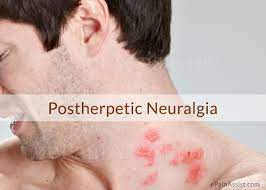
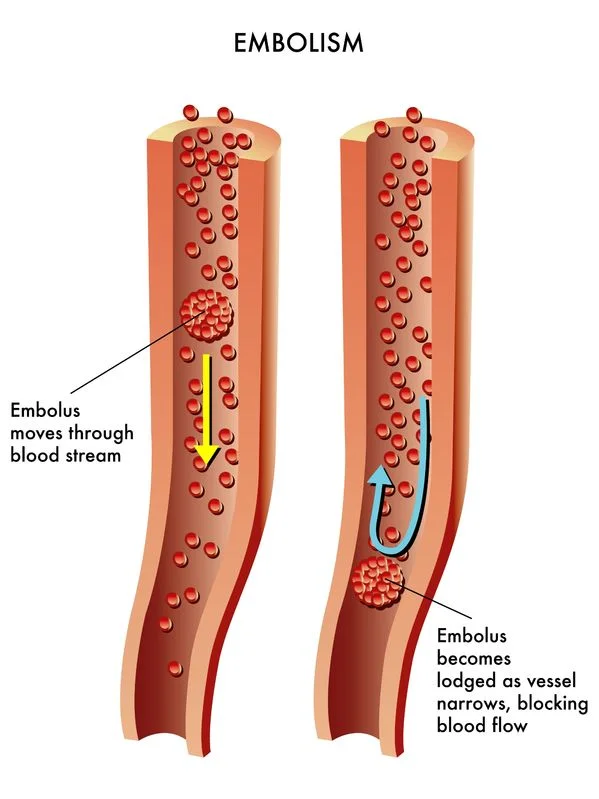
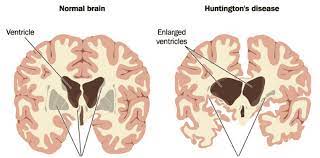

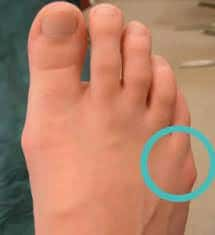
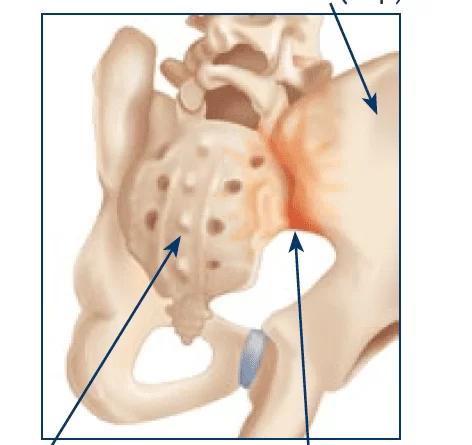
One Comment